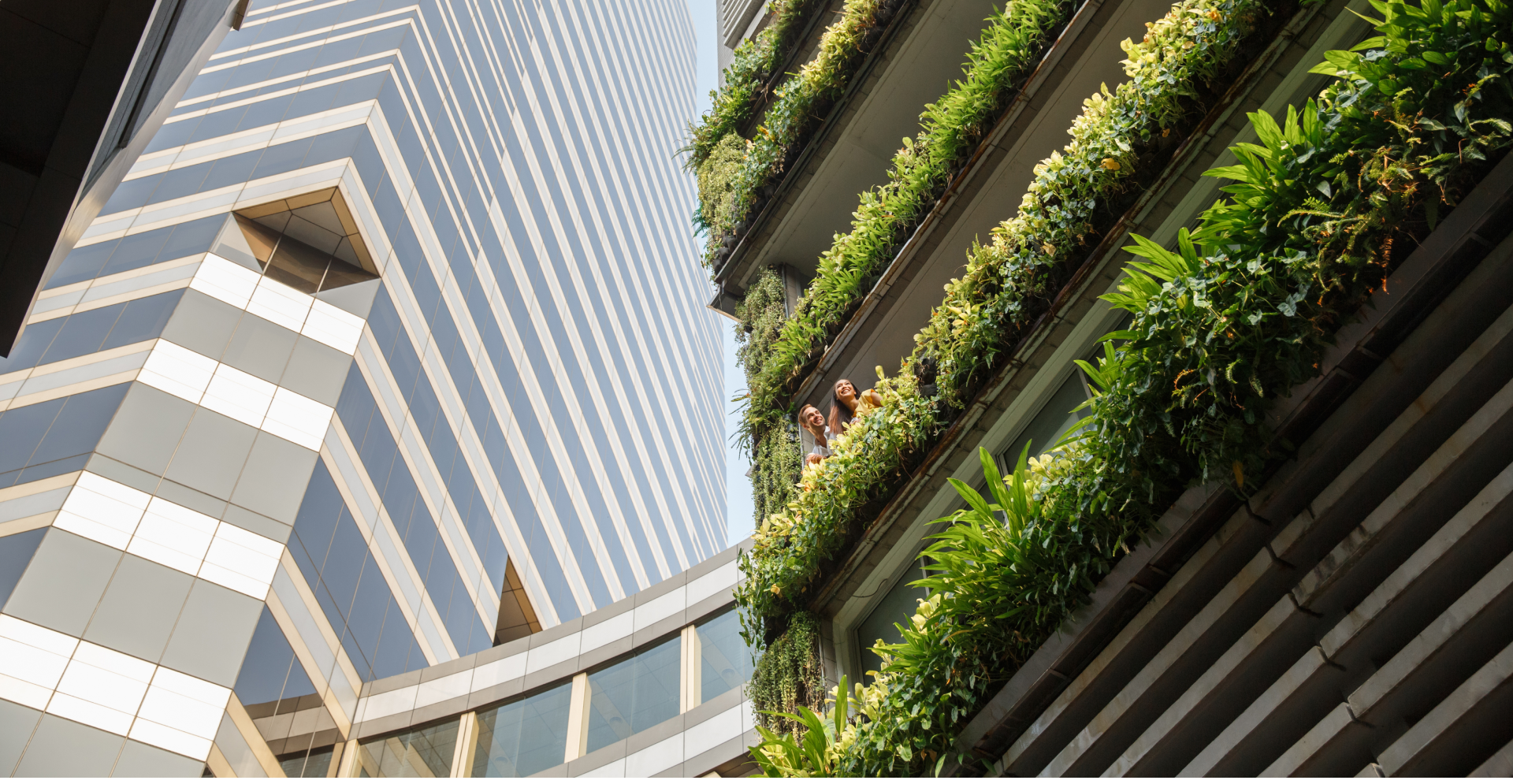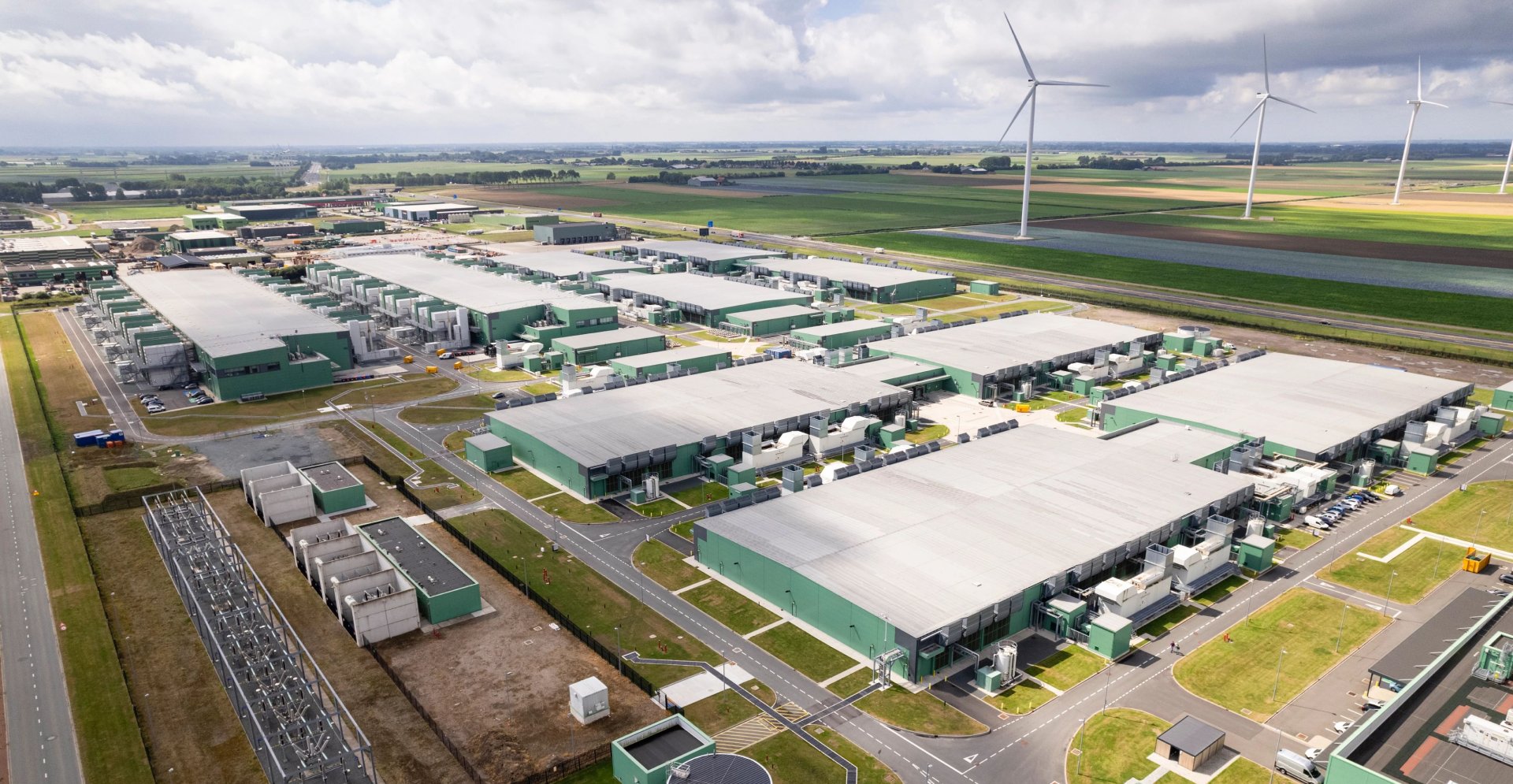Table of Contents
The challenge
The restoration and expansion of the over 100-year-old sewer system in Pforzheim required a system that would minimize disruption to the sensitive inner city area.
15 Meter
The challenge
The city of Pforzheim in north Baden-Württemberg is home to just under 130,000 people. An extensive program of restoration and construction work on the city's sewer system commenced in 2010. The majority of the work required to restore the system—which had been in operation for over 100 years—needed to be completed right at the heart of the city. Disruption in this sensitive area needed to be kept to an absolute minimum throughout the work.
The solution
Arcadis developed a concept around the rarely deployed solution of an air cushion inverted siphon. Now the longest siphon of its kind in Europe, the solution passes under the Enz and Nagold rivers.
15,000 m³
The solution
The complete restoration concept developed by Arcadis included the installation of a 480-meter-long air cushion inverted siphon under the Enz and Nagold rivers. Air cushion inverted siphons are a relatively new technology and are challenging to install, as they need to be buried below ground. Between 2010 and 2013, the latest and, to date, the longest air cushion inverted siphon of the nine in use across Europe was installed in Pforzheim. Since then, the siphon has performed with exceptional reliability in the demanding environment of the sewage system.
-
Read more
Air cushion inverted siphons regulate the flow speed of the waste water, ensuring that it flows fast enough to prevent dirt and sand from building up in the pipes. This prevents deposits from accumulating and ensures that the system runs smoothly, with no faults and very low maintenance requirements. The air cushion inverted siphon in Pforzheim has operated without faults since installation, reliably routing water to the treatment plant.
But what exactly is an air cushion inverted siphon? The solution is comprised of a pipe installed at a slight incline; water is fed into it via vertical pipes. Water flowing into and out of the component is regulated by a siphon, which means that air can be pumped in. If the amount of waste water flowing in is low, air can enter and the enlarged air cushion will reduce the cross section of the pipe, causing the water to flow faster. This prevents dirt from building up. If the amount of water flowing in increases, the amount of air can be reduced to optimize the flow.
The Arcadis restoration of the sewer system in Pforzheim was a project of enormous dimensions: Rain and waste water flow through the system at a rate of up to 9,000 liters per second, with levels fluctuating significantly depending on the weather. The project involved excavating 15,000 m³ of material and moving 2,000 m³ of rock; 1,800 m³ of reinforced concrete was put in place and 300,000 m³ of groundwater was pumped. The routing of the siphon pipe, around 15 meters below the Enz and Nagold rivers, was a particularly challenging aspect of this restoration project.

The impact
For operator ESP, the air cushion inverted siphon has proven to be a reliable and cost-effective choice. After five years of close monitoring, the system will now need to be decommissioned just once every five years.
1,800 m³
The impact
The water treatment plant in the city of Pforzheim, at the edge of the Black Forest, is equipped with cutting-edge technology. The previous sewer system—constructed over 100 years ago—has been replaced by ultra-modern infrastructure. The air cushion inverted siphon is keeping the system running smoothly with very little maintenance.

Contact David Büchmeier for more information.
Not done reading?
This also might be interesting for you
- Related Projects
- Related Insights
- Related Blogs








